Location
The Kalash valleys of Chitral are located in the southern gorges of the Hindu Kush mountain range in Pakistan’s Khyber Pakhtunkhwa Province. The valley shares a 380 km border with Afghanistan in the north and west, and the Central Asian states of Tajikistan, Uzbekistan and Kirghizstan re easily accessible from the area. To the east lies Gilgit.
How to Reach
During summers from May till November the Kalash valleys of Chitral are accessible from Peshawer and Gilgit over the Lowari Pass 3118 m and Shandur Pass 3735 m . the distance from Peshawer is 365 km and Gilgit 385 km, a 12 – hour journey in either case. Pakistan International Airline (PIA) operates daily flights from Peshawer and Islamabad to Chitral, weather permitting. From Chitral it takes two hours of jeep drive to access any of the three Kalash valleys located at a distance of 25 km.
Origin of Kalash
There are threories about the origin of the Kalash. Some historians belive that the Kalash are descendants of the soldiers of Alexander the Great, while the secnd group believes that they are indigenous to Asia and came from what is now the Nuristan area of Afghanistan, and according to third school of thought; the Kalash ancestors migrated to Afghanistan from a distant place in South Asia, which they call “Tsiyam” in their folk songs and epics. However, it is established that the Kalash migrated to Chitral from Afghanistan in the 2nd century B.C. By the 10th century AD, the Kalash ruled a large part of present day Chitral. Razhawal, Cheo, Bula-Sing and Nagar-Chao were famous Kalash rules in the 12th through 14th centuries AD. The Kalash were living in three Chitral Valleys, Bumburet, Rumbur and Birr. They are popular for domestic & foreign tourism because of their unique culture. The Kalash area is hub of ecotourism activities. With the opening of the Lowari Tunnel on the road to Peshawer and the proposed rod to Tajikistan over the Dorah Pass, the Kalash and Chitral will be linked with the cultural centers of Pakistan, Afghanistan and Central Asia by all-weather land routes.
The Endangered Kalash
The Kalash are one of the world’s endangered minority communities. Their population decreased from 10,000 in 1951 to 3,700 in 1998, motivating conservation experts, development workers and anthropologist to preserve and protect the Kalash culture.
Distinctive Features of Kalash Culture
The Kalash language is called Kalasha which is Arabic type of indo-European language. Kalasha has a rich tradition of folklore, epics, love songs and idioms demonstrating a high standard of indigenous wisdom and human experience. This knowledge is believed to be at the verge of extinction. The Kalasha follow a Polytheist religion based on ancestors’ worship, as well as twelve gods and goddesses dominated by main God, Mahandeo. The Kalash religion is based on myths and superstitions that relate to the relationship between the human, soul and the universe. This relationship, according to Kalash mythology, needs its manifestation in music and dance, which contribute to the pleasure of gods and goddesses. In this festivals, music and dance are performed not only as entertainment elements, but also as religions rituals.
Kalash Festivals
The Kalash celebrate four major festivals commemorating seasonal change and significant events in agro-pastoral life. These festivals are Zhoshi or Chilimjusht, Uchaw, Phoo and Chaumos. They celebrate these festivals by offering sacrifices on altars to pleasure their gods and goddesses, cooking traditional meals and dancing to traditional music.
ZHOSHI / CHILIMJUSHT Festival
The spring festivals is celebrated every year from May 13 – 16. The festival seeks the blessings of gods and goddesses for the safety of the herds and crops of the Kalash community.
Uchaw Festival
The summer festival is celebrated from Aug 22 – 23 every year. The festival commemorates the summer season and the abundance of dairy products in the summer pastures.
Phoo Festival
The autumn festival is celebrates around mid of October every year., depending each year on the ripening of the crops and fruits.
Chaumos Festival
The winter festival is celebrated from Dec 10 – 23 every year. This is the most important Kalash festival. New clothes are arranged for each family member on the eve of festval. The grand Kalash god, Mahandeo, is offered sacrifices.
Visiting Spots in Chitral
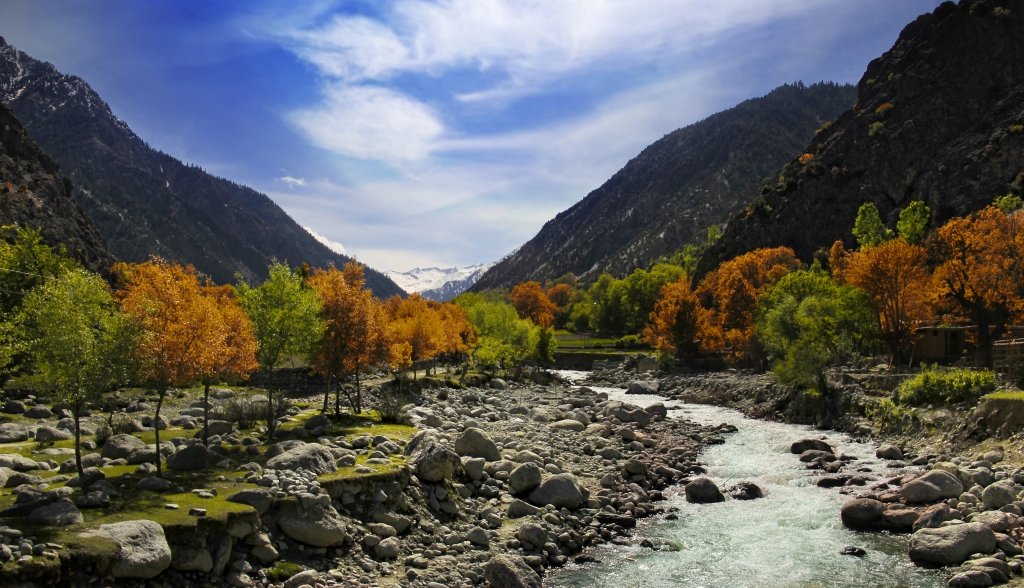
Brun
A village in Bumbret valley, is famous ofr Jastakan and Charsu, dancing halls for festivals. There is also an interesting three-hour walk along the irrigation channel.
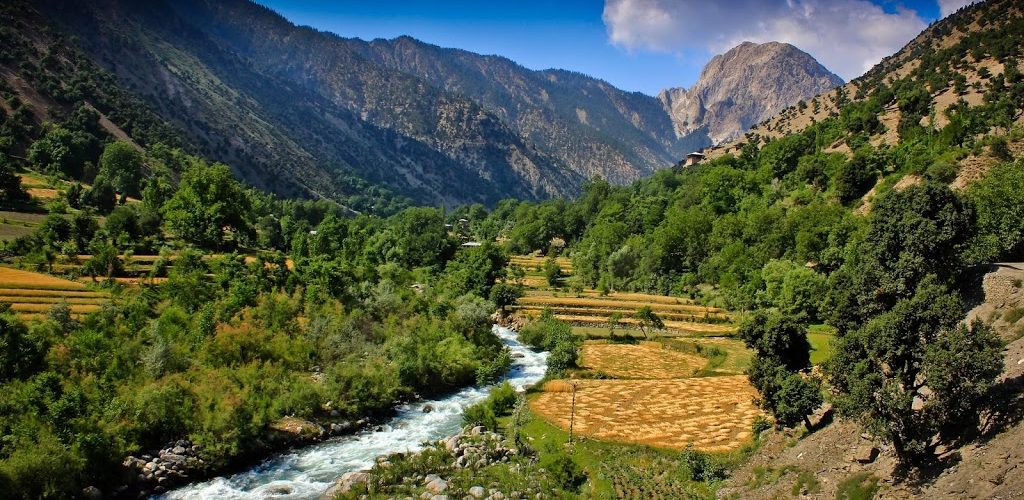
Batrik
SA historic place in Bumbret, is known as the Capital of the Kalash ruler Rajawal (10 century AD.) and also a sacred place of the grand Kalash god, Mahandeo.
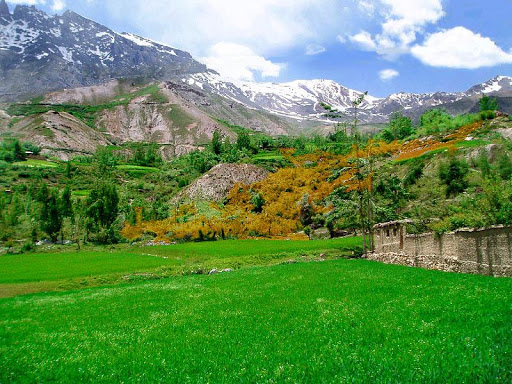
Karkal
A Kalash hamlet in Bumbret, is famous for its dancing hall and Madojaw (cemetery) and also for a sacred cedar (deodar) tree. Traditional Kalash charity is distributed under the shade of this tree.
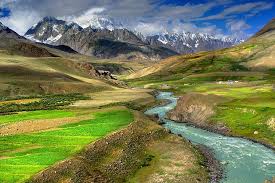
Kalash Grom
A hamlet in Rumbur, is known for its oldest origin and picturesque view.
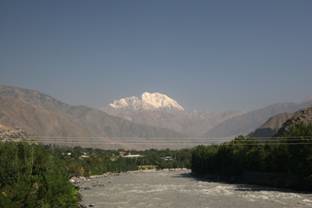
Balanguru
A hamlet in Rumbur valley is known for its cultural elements and resource persons of anthropology. It has been home to various researchers.
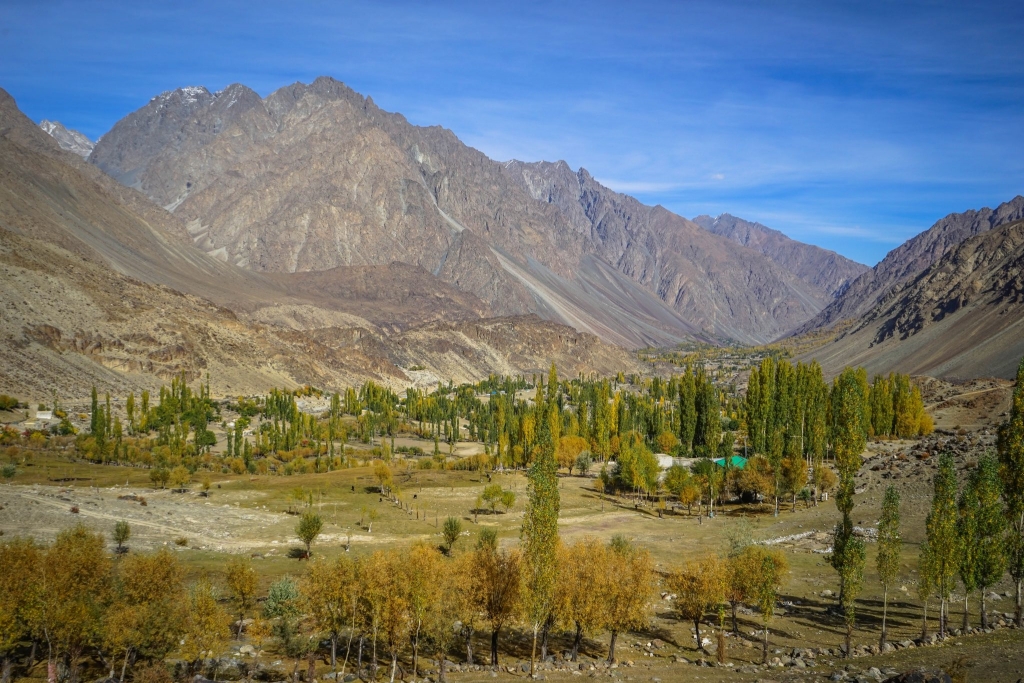
Achoiga
An Alpine forest in Rumbur valley, is famous for its hot springs and walking trails.
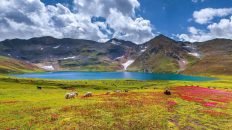
Ghaz Guru
Hamlet in Birir valley that is famous for its beauty. .
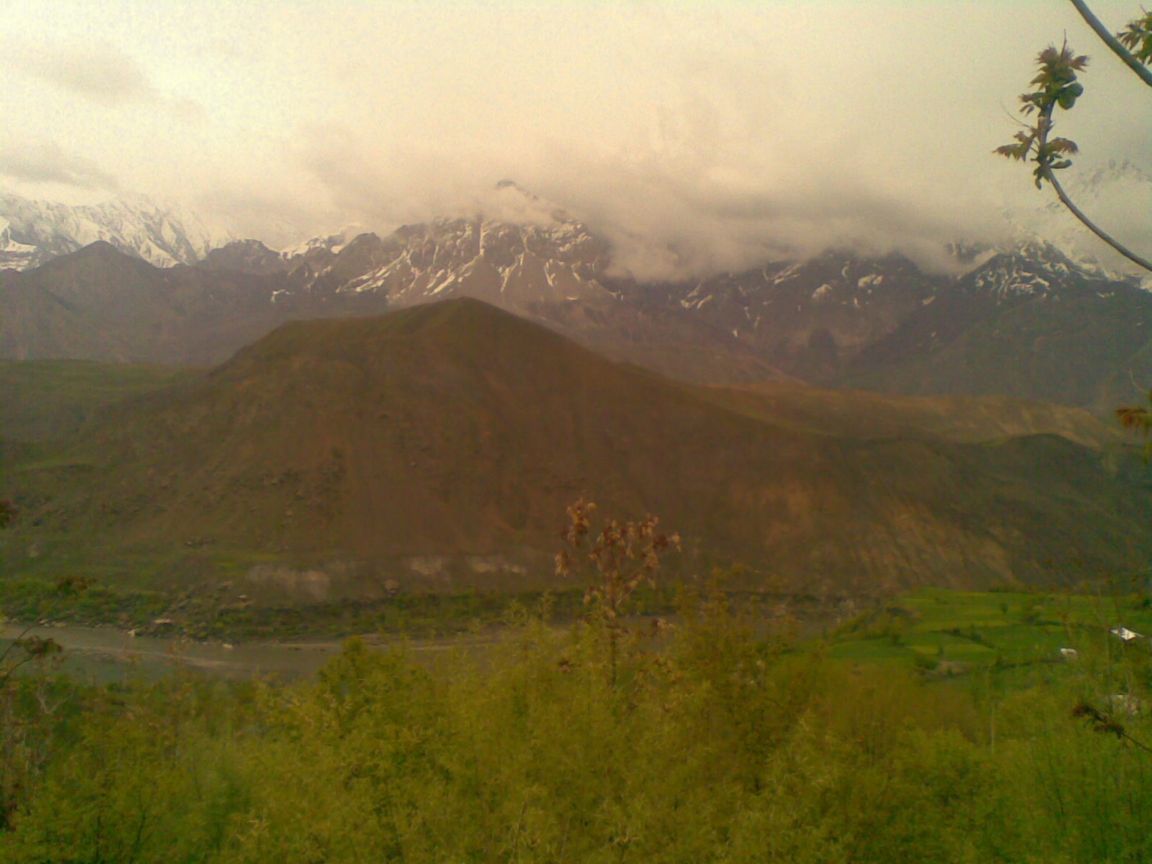
Guru
A historic place in Birir valley famous for its ancient and multi-tiered abodes, cultural sites and a dancing hall.
Kalash Lakes
Bahuk the Sacred Lake
Bahuk, the sacrd lake of the Kalash ancestors, lies between the two picturesque valleys of Bumburet and Rumbur. A special trail has been developed to Bahuk Lake for trekkers. From Bumburet the journey to the lake and back takes five days.
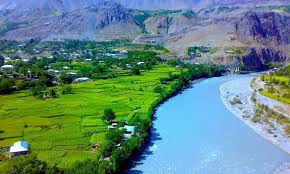
Lake Awazak
This lake flows in the southwest of Bumburet valley, on the border of Pakistan and Afghanistan. Its water streams in to the Bashgai valley in the Nuristan. Locals say it takes a quicker trekker 12 hours to reach the lake.
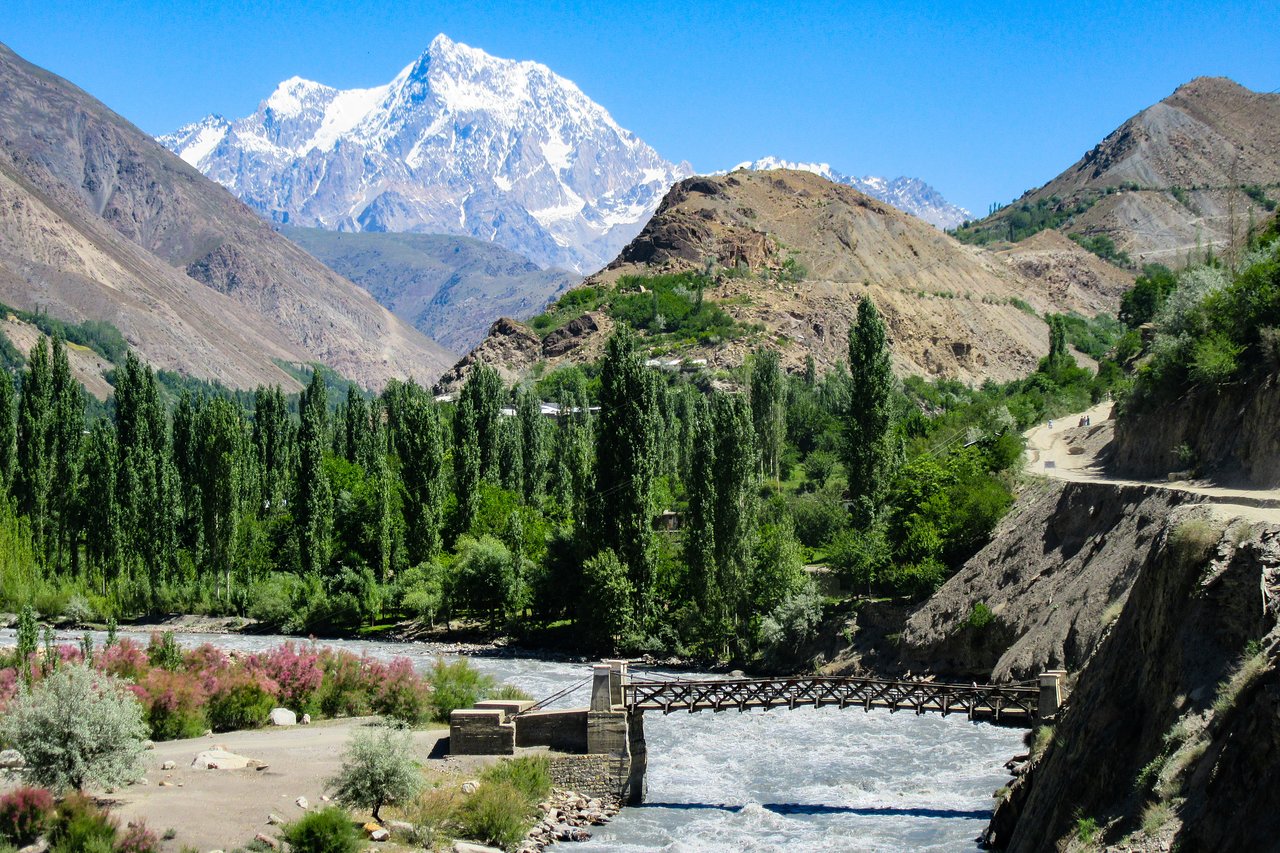
Lake Shawal
AThis lake is siuth of Bumburet valley and surrounded by high mountains.
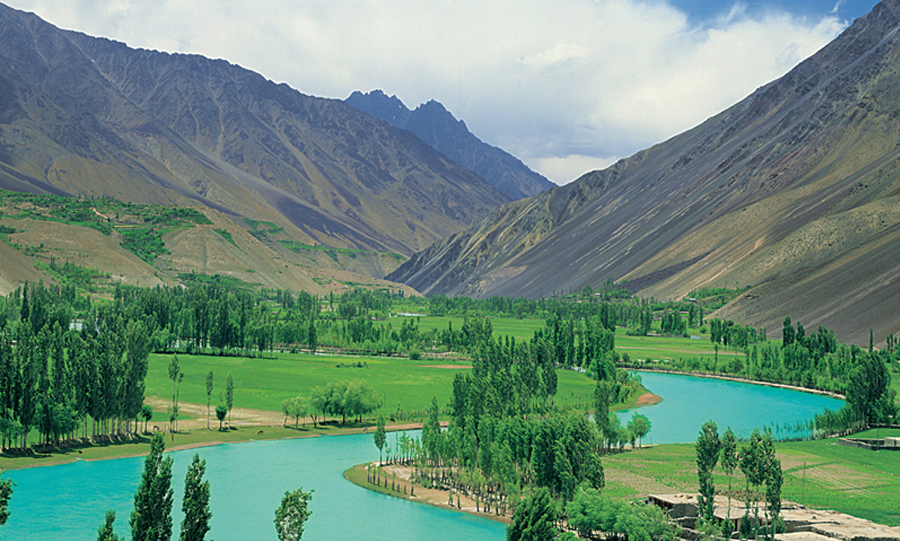
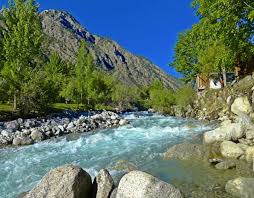
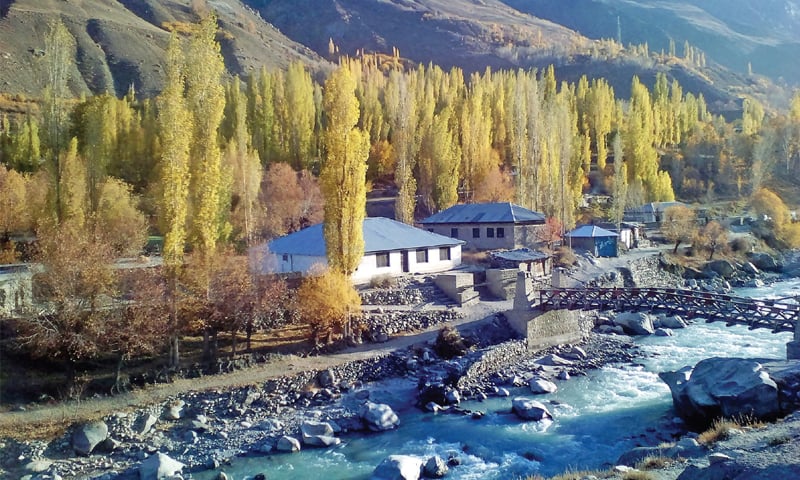
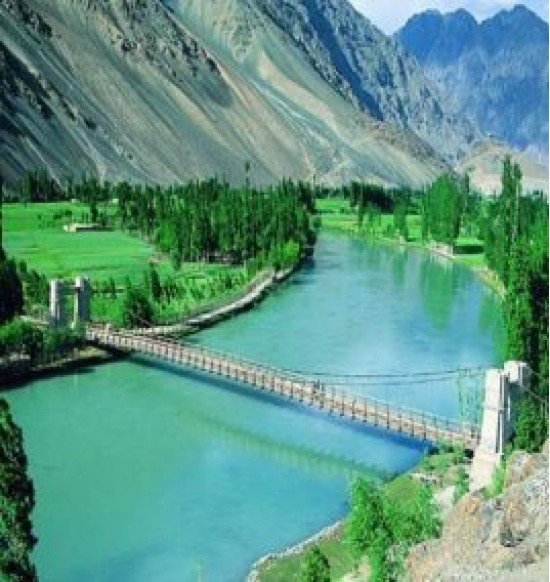
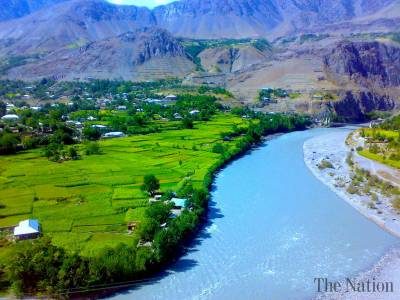
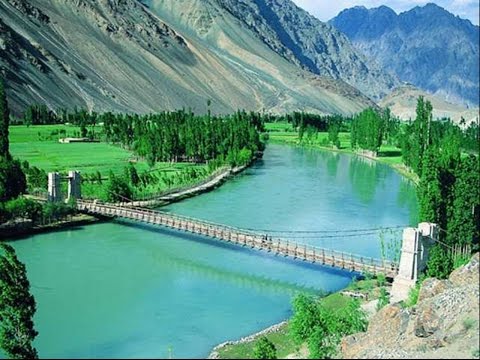
Follow Us